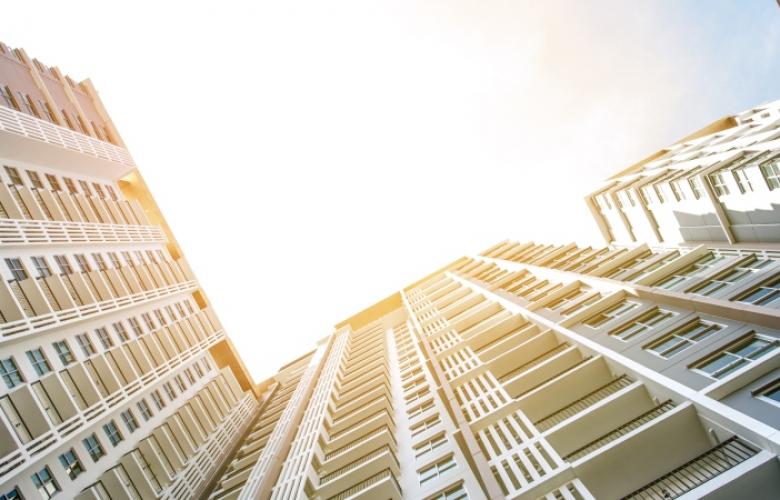Seoul’s revitalisation of youth housing
Contact
Seoul’s revitalisation of youth housing
Leo Nam from JLL reports that the South Korean government’s “2030 Youth Housing” program is set to provide affordable quality residences for young people.
Youth population continues to flow into Seoul as the capital offers education, wealth, and higher-wage jobs. According to the Korean Statistical Information Service, new residents moving into Seoul totalled 15,000 to 26,000 people annually over the last six years with the trend expected to continue for the foreseeable future. Despite new apartments and villas constantly being introduced, “affordable housing” remains a distant dream for young people with the high rental rates of Seoul.
At a glance:
- Seoul’s youth population is on the rise
- This trend looks set to continue in the future
- Affordable housing is increasingly hard to find
- The government has introduced the 2030 Youth Housing program
- This should increase centrally located affordable accommodation
- Investors are seeing issues with the initiative’s constraints which may need to be rectified
The government has announced a youth housing program, “2030 Youth Housing”, to alleviate this problem. The project sets to revitalise youth housing (‘2030’ refers to the people in their 20s and 30s) by providing quality residences with access to subway stations for young people – college students, recent graduates, and newlyweds.
Number of young population moved into Seoul:

Source: Korean Statistical Information Service
The project has drawn keen interest from investors, as the government will provide development benefits, including increasing the floor area ratio of private land near subway stations, tax reductions and a streamlined process for government applications.
However, many experts believe there is difficulty for investors to enter the rental housing business as the minimum land area requirement for such an upgrade for a ‘Semi-Residential Area’ is 500 square metres, and 1,000 square metres for ‘Commercial Area’. Since many lots near-subway station areas are usually less than 200 square metres, investors must obtain at least five agreements with landlords, which is unrealistic.
The project would require a developer to charge 60-80 percent of market rental rates within each subway station area for at least the first couple of years. After this period, as demand near subway station area is robust, property owners would raise the rent of this new supply to market rates. However, this incentive will disable normal market rental forces as the new supply together with regulated rents will ensure the area’s rent for the near future with limited growth potential.
Although it is good that the government is actively trying to solve the housing problem in Korea, a number of key points need to be rectified as pointed out by critics. Authorities will need to reduce the land size requirement and provide rental housing with a relatively lower level of rent by broadening the distance of the subway station areas as rental levels are high.
So far, 44 sites (or 16,681 households) in Seoul have been selected for the initiative. As the provision of affordable housing is top priority for the new government, JLL believes this project would lead Seoul to rise to conquer the housing challenge for Seoul’s young generation.
For more information about the South Korea residential property market or to discuss the 2030 Youth Housing program phone research analyst Leo Nam from JLL Korea via the contact details below.
Source: JLL
Similar to this:
JLL names new head of South Korea business
New president Moon Jae-in – impact on South Korean real estate
Asia Pacific real estate investors looked to home markets in 2016










